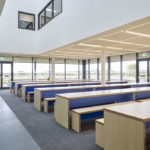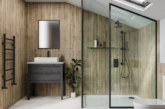Paul Smith, Technical Committee Chair of The Rooflight Association, discusses why daylighting is a design essential and the benefits of incorporating rooflights on projects.
Local authorities and property owners are increasingly being called upon to meet ever-evolving demands, ranging from updated Building Regulations and net zero goals, to tackling ageing building stock, and post-pandemic, improving occupant wellbeing across the built environment. As a result, building designers, specifiers and stakeholders are seeking methods and technologies to deliver against these targets and ambitions.
A new White Paper entitled ‘The Benefits of Rooflights for the Daylighting of Buildings’, commissioned by The Rooflight Association and prepared by Emeritus Professor John Mardaljevic of Loughborough University, indicates that natural light and rooflights can be make a significant contribution.
The study was commissioned to better understand the impact of daylighting on human health, occupant wellbeing, and the everyday operation of buildings — all-important factors in the context of the current UK construction and refurbishment markets and with potential for long-term reward.
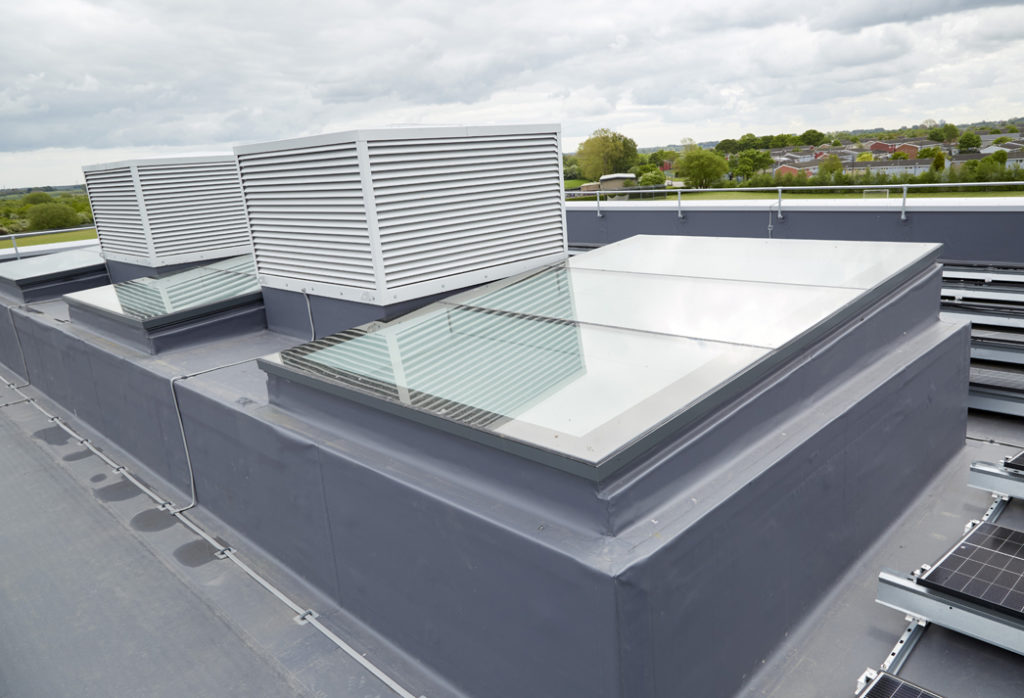
Benefits of rooflights
The White Paper highlights five of the key benefits to daylighting and rooflights in building design:
- Occupants will be connected to the outside and natural dynamic changes of daylight inside the building. This is essential to promote a healthy 24-hour circadian rhythm.
- Daylight has been shown to enhance alertness and the concentration of occupants.
- Well daylit spaces are associated with improved staff retention and reduced absenteeism.
- Exposure to sufficient levels of daylight is believed to support the long-term health and wellbeing of occupants.
- Good daylighting in buildings has been shown to increase asset value and space utilisation.
Daylighting in commercial buildings
Most notable in the study is the connection between daylight and human health, and reduced dependency on electric lighting. Both are significantly beneficial for commercial building landlords, owners and managers.
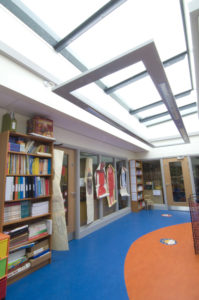
Daylight and health
‘The primary concern in the daylighting of non-residential buildings has generally been to provide illumination sufficient for various tasks, invariably supplemented by artificial lighting.’ However, in recent years, focus has shifted towards the non-visual effects (NVE) of daylighting. Perhaps, the best known of these is the impact upon the circadian rhythm — the daily cycle of day and night and its role in ‘regulating and maintaining biochemical, physiological, and behavioural processes in human beings.’
In addition to ‘circadian entrainment’, there is evidence to suggest that good daylight provision in buildings has several other positive outcomes, including: Promoting general alertness; Improving productivity of staff; Improved measures of academic attainment in well lit compared to poorly lit classrooms; and Good daylighting has even been identified as a factor in staff retention.
While the mechanisms underpinning these effects are not yet fully understood, there is sufficient evidence from photo-biological research to support these findings. In fact, the basis of recent guidelines and standards for the daylighting of buildings (e.g., the WELL Standard and EN 17037) ‘…were informed by the health and well-being effects of illumination in addition to the potential of energy saving.’
Energy saving
The White Paper demonstrates energy saving in the case study — Daylight Potential and Energy Saving, which uses a 3D model based on a typical roof lit building provided by Rooflight Association member, Brett Martin.
The data reveals a typical roof lit building has considerable potential to reduce electric lighting energy consumption by using daylight effectively. The study recommends electric lighting be dimmed, or even switched off entirely, in response to available daylight to realise significant savings.
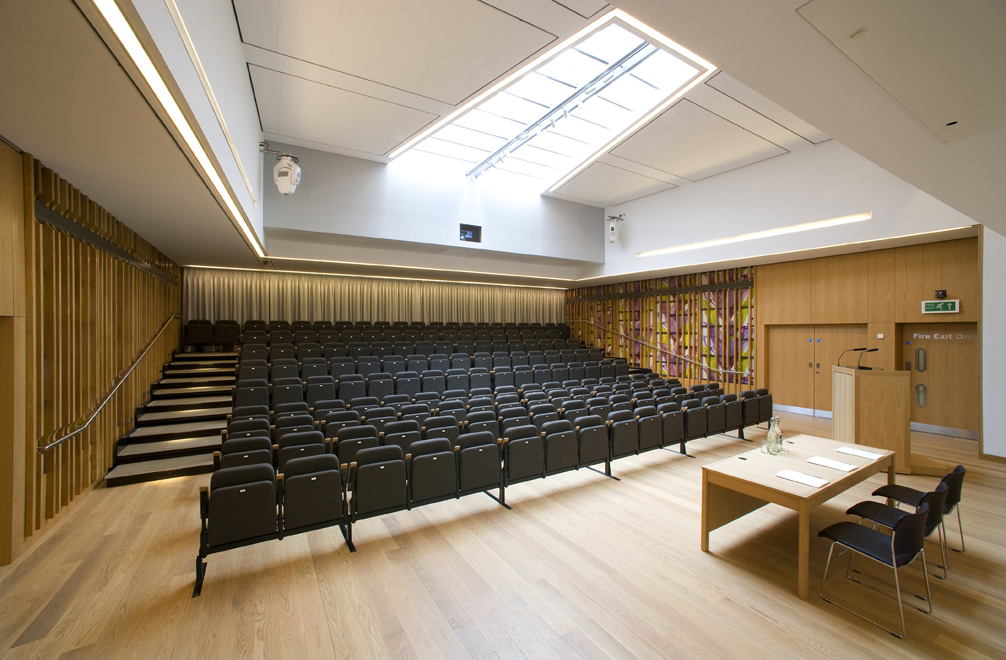
Essential element in building design
To take advantage of daylighting, the report recommends ‘Building designers should consider maximising the useful levels of daylight within their designs, where possible…’ Guidance is provided on the roof area apportioned for rooflights — ‘For non-residential industrial/commercial building types, this typically requires 10 – 20% of the roof area…’
Layout is then a critical design consideration ‘…to maximise the daylight potential within the building.’ The most effective layout balances internal requirements, like boosting natural light levels in deep-plan spaces, with practical considerations, externally, such as other utilities and photovoltaic panels on the roof. ‘Designers should consider daylight to be an essential element in building design because the daylighting performance is largely determined by decisions made at the early design stage.’
Invest now
Daylight is a natural resource. To recognise its true value, we must understand its degree of availability: how much and how often. Illumination is not routinely measured in buildings, other than for conservation purposes e.g., museums and galleries, so it is hardly surprising that the full daylighting potential in buildings is not recognised, and the benefits are often not achieved. The Rooflight Association hopes that with the publication of this report, providing a better understanding of the significant daylighting potential of rooflights within buildings, stakeholders will invest in rooflights as a multifunctional building solution that supports sustainability, health and compliance goals in a rapidly evolving built environment.
Header image: Kingswood School. Image credit Howells Patent Glazing


